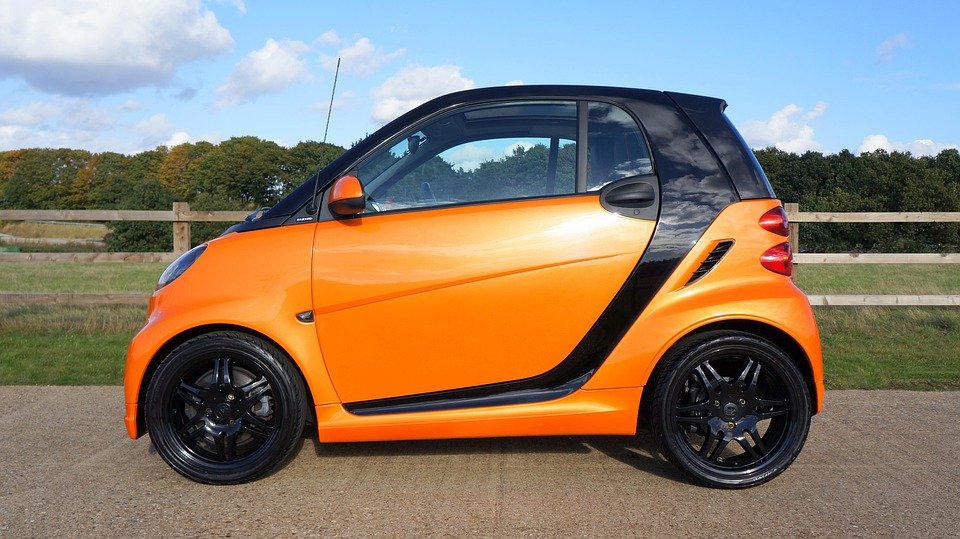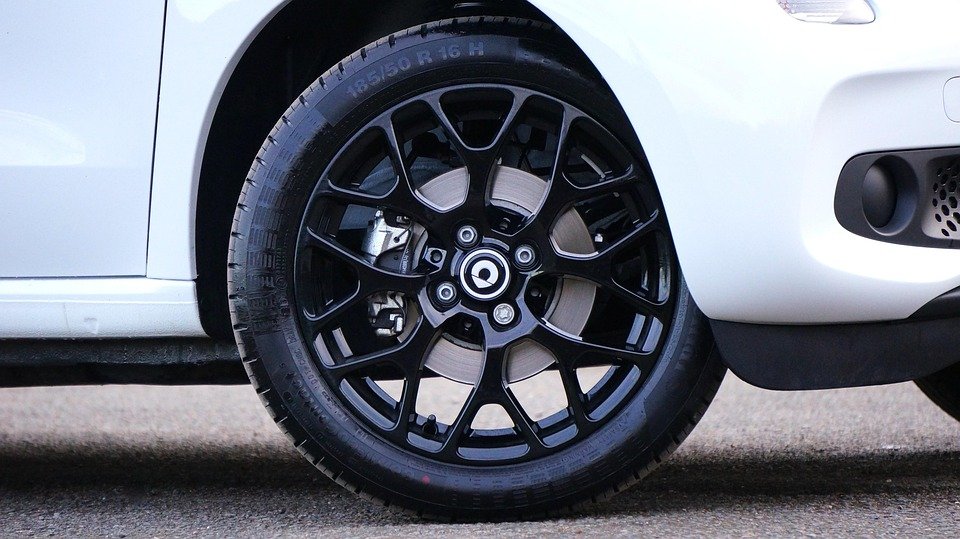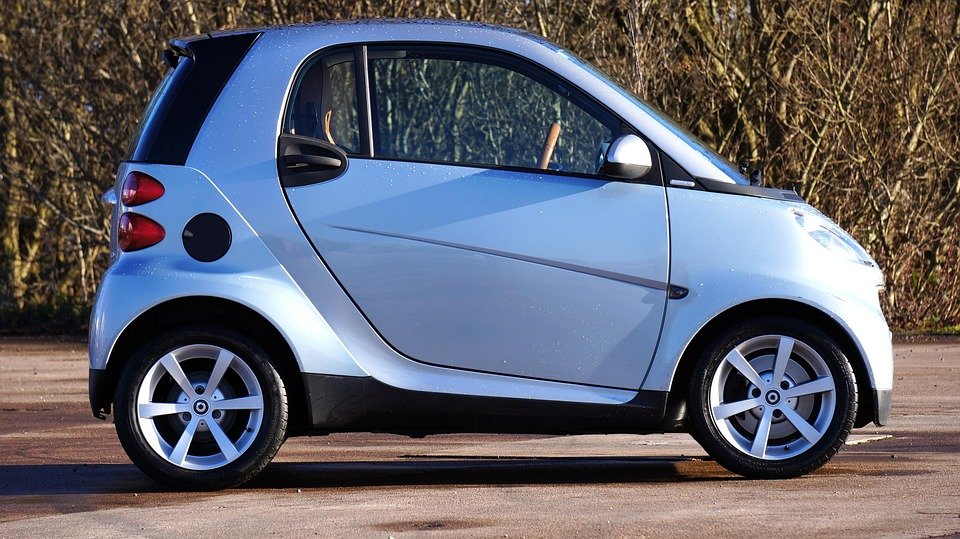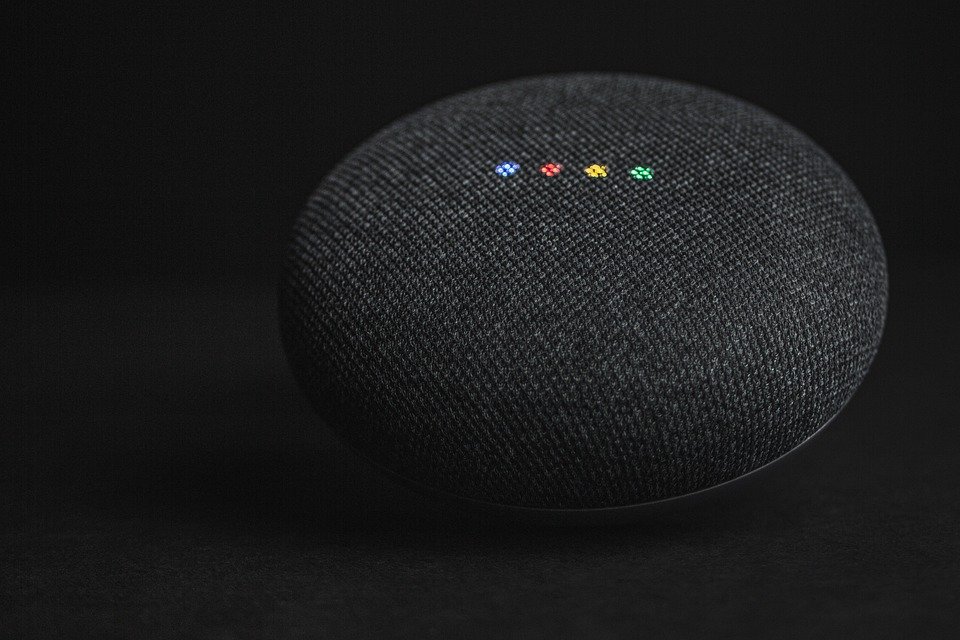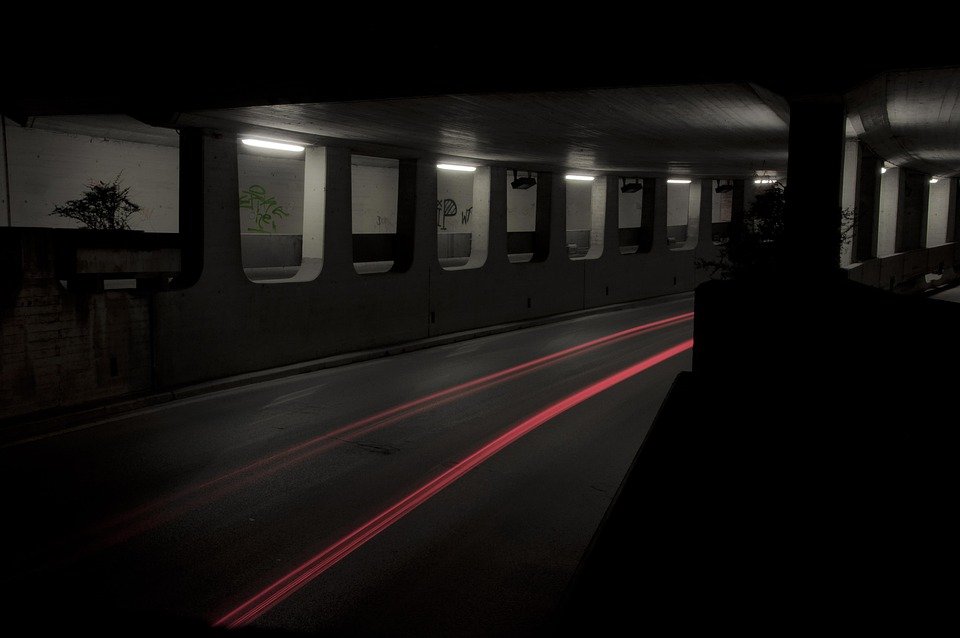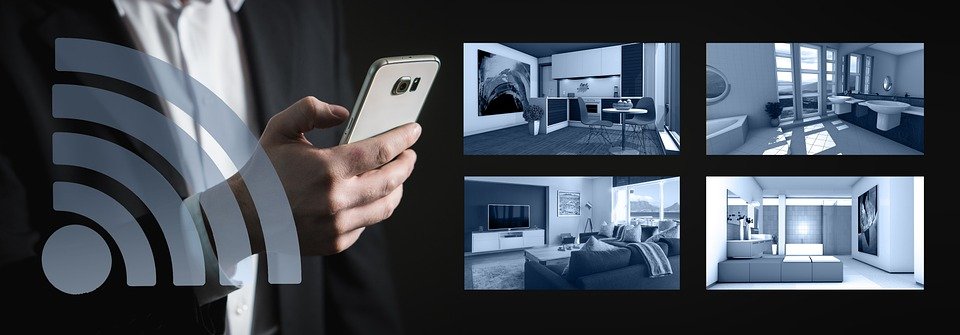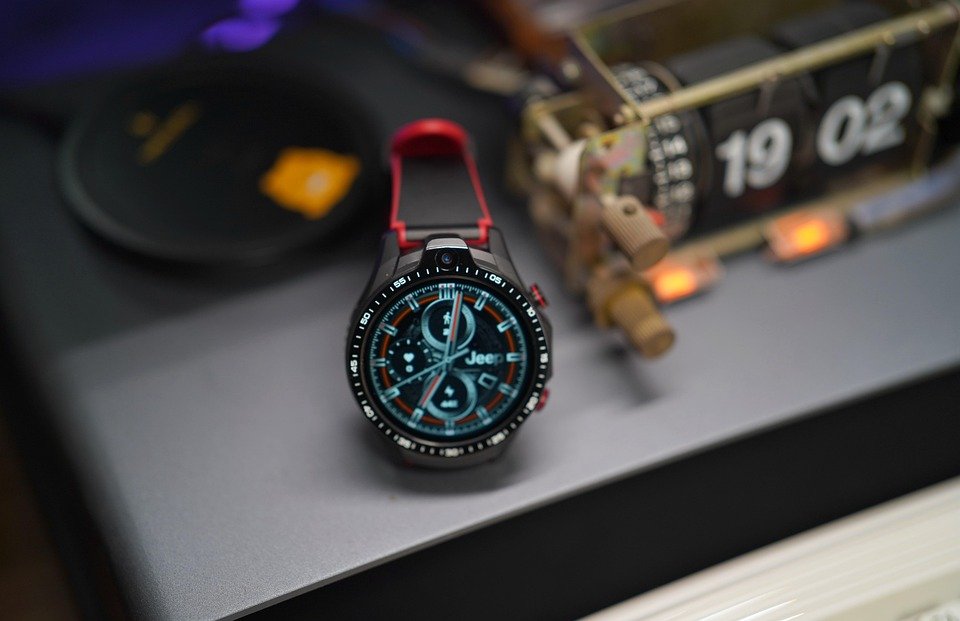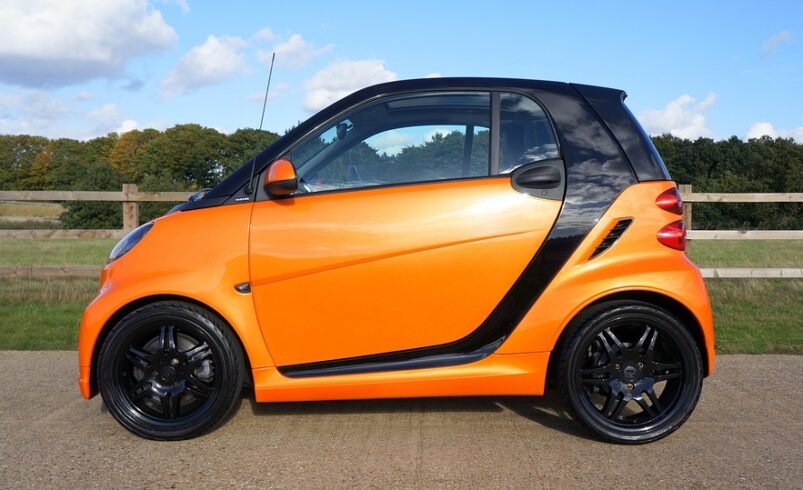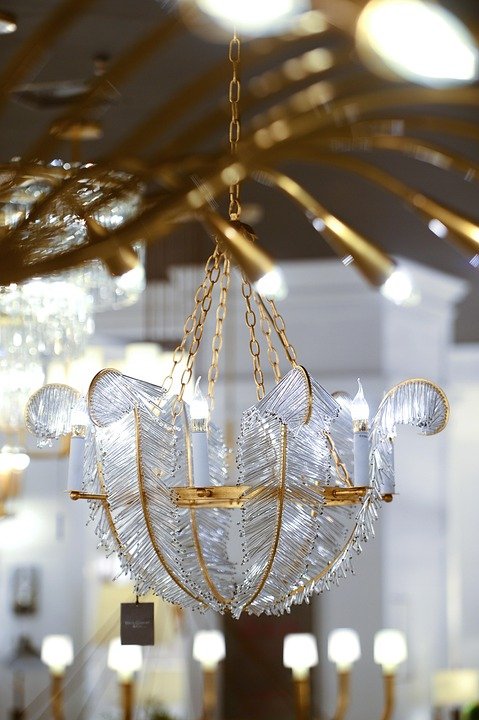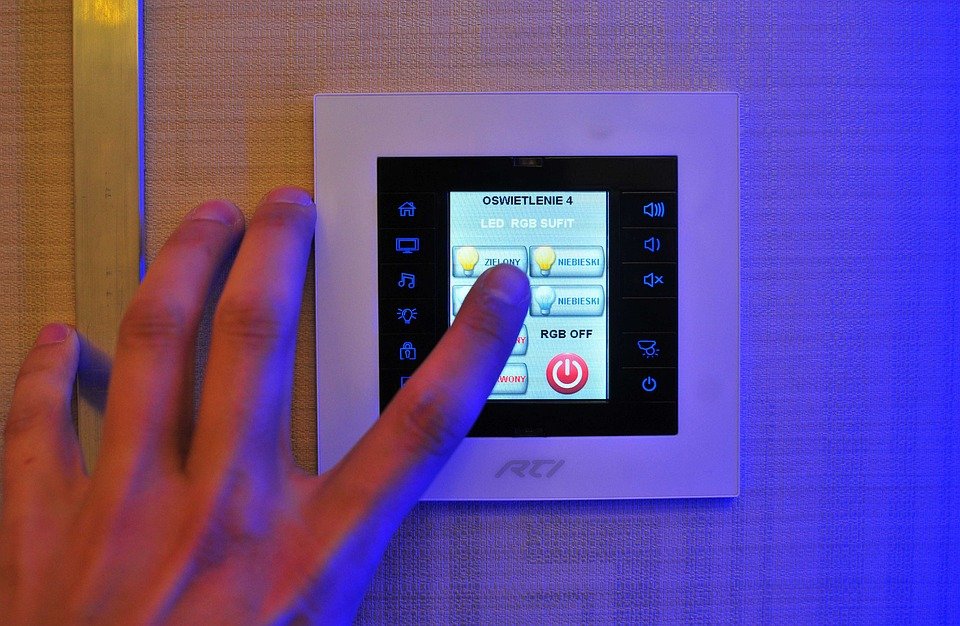Introduction
Smart lighting systems are revolutionizing the way we illuminate our homes and workplaces. Unlike traditional incandescent or CFL bulbs, smart lights integrate with automation, sensors, and connectivity to optimize energy usage. This article explores how smart lights reduce energy consumption, the factors affecting their efficiency, and tips for maximizing savings.
How Smart Lights Save Energy
-
LED Efficiency
Most smart lights use LED technology, which consumes up to 75-80% less energy than incandescent bulbs and lasts significantly longer.
-
Automation & Scheduling
With features like timers, motion detection, and geofencing, smart lights turn off when not needed, preventing unnecessary energy waste.
-
Dimming & Adaptive Brightness
Smart lights can adjust brightness based on natural light or user preferences, further cutting down power consumption.
-
Remote Control & Monitoring
Apps and voice assistants (like Alexa or Google Home) allow users to switch off lights remotely, avoiding accidental wastage.
-
Energy Usage Reports
Many smart lighting systems provide real-time energy consumption data, helping users track usage patterns and optimize efficiency.
Factors Affecting Smart Light Energy Consumption
- Wi-Fi vs. Zigbee/Z-Wave: Smart lights using Zigbee or Z-Wave (like Philips Hue) consume less energy than Wi-Fi-connected bulbs.
- Standby Power Drain: Some smart bulbs draw a small amount of power even when “off” (vampire power), so choosing energy-efficient models matters.
- Brightness Levels: Running bulbs at full brightness continuously will consume more energy than using dimming features.
Tips to Maximize Energy Savings with Smart Lighting
✅ Use motion sensors in less-frequented areas like hallways and bathrooms.
✅ Schedule lights to turn off during daylight or when rooms are unoccupied.
✅ Group lights into zones for better control (e.g., “Living Room Lights”).
✅ Opt for energy-efficient models (look for Energy Star certification).
✅ Integrate with smart home systems (e.g., turning off lights when nobody is home).
Conclusion
Smart lighting is a powerful tool for reducing energy consumption without sacrificing convenience. By leveraging automation, sensors, and efficient LED technology, smart lights help households and businesses cut electricity bills and lower their carbon footprint. As technology advances, we can expect even smarter, more energy-efficient lighting solutions in the future.
Would you like recommendations for specific smart light brands? Let me know! 💡


